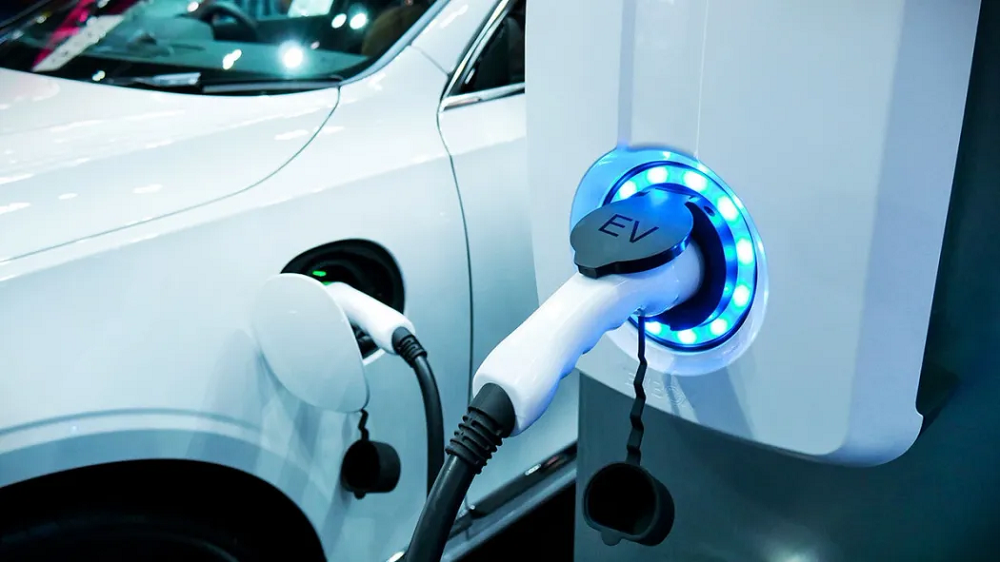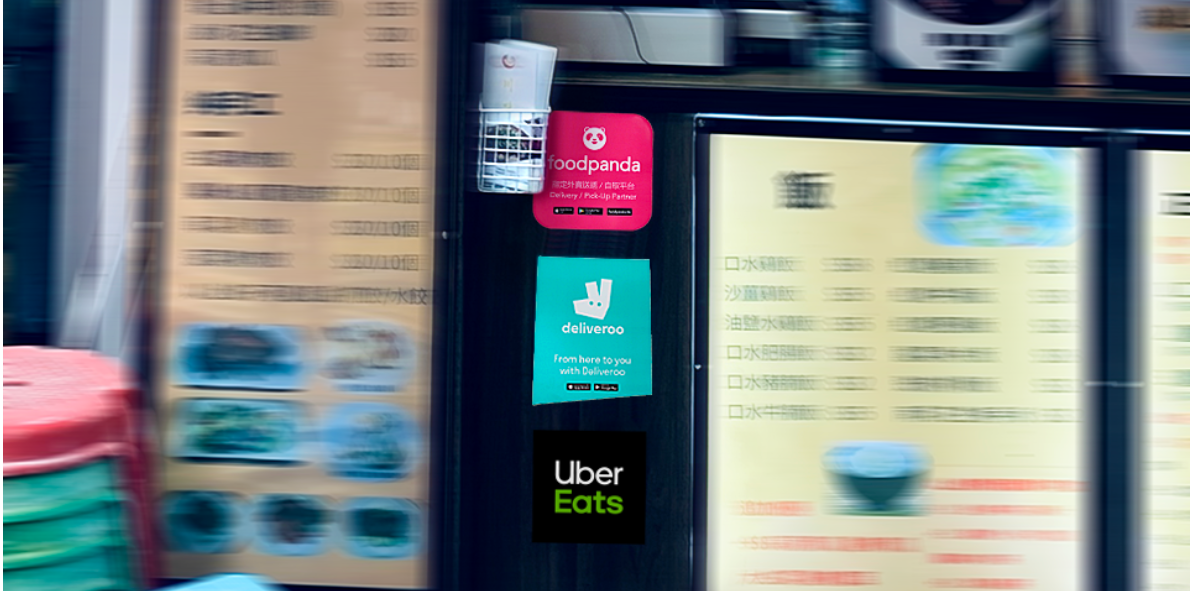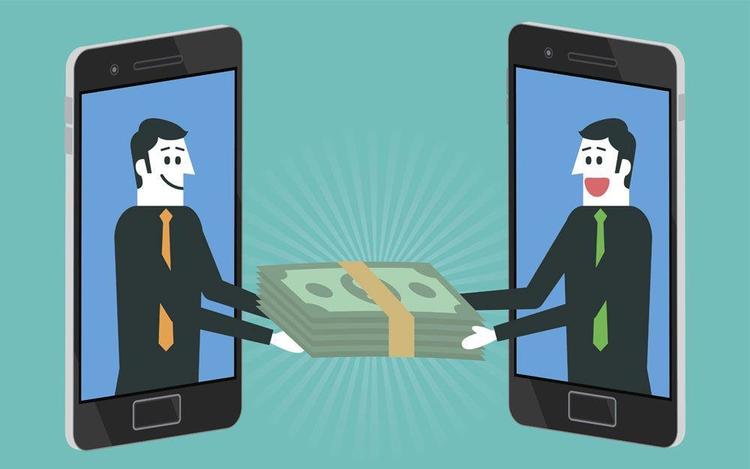Geolocation data gives us an almost infinite number of ways to track and measure the extent and impact of relaxing social distancing measures, such as we are starting to witness in many states across the country.
Global downloads of money remittance apps spiked in the second quarter from a 0.9% YoY decrease in the week ending March 22nd to a 37.9% increase last week. This increase is significantly higher than seen at any other period in the dataset. The data was provided by Apptopia which tracks downloads and usage across millions of mobile phone applications. This inflection point clearly shows a flood of new users looking for a way to quickly send or receive money.
According to the Q1 2020 Games Market Dynamics: U.S.* report from The NPD Group, overall total industry consumer spending on video gaming in the U.S. reached a record $10.86 billion in the first quarter of 2020 (Jan. – Mar.), an increase of 9 percent compared to the same time period last year.
Sales of video game content reached $9.58 billion in the first quarter, up 11 percent when compared to a year ago. Gains were seen across digital console and PC content, mobile and subscription spending, as well as across hardware and accessories categories.
Visitation to Events & Tickets category down 75 percent since February 2020, while visitation to Home Furnishings category surged more than 90 percent
Based on figures from 1010Data, a leading provider of consumer transaction data, we notice that Americans have begun venturing outside. Some have even returned to discretionary shopping.
As of mid-April, while state governments were still strongly recommending citizens to shelter-in-place, consumer activity had picked up noticeably. Visitors to big-box stores rose from a 51.2% YoY increase on April 18th to an 80.4% YoY increase on April 30th.
Americans have surprised the world with much of their behavior during the worst pandemic in the last hundred years. In the initial stages of the COVID outbreak things seemed to make more sense. At first it was masks and cleaning supplies that were in short supply. After that it was toilet paper, web cams and in-home workout equipment. Now the object of America’s desire is burgers.
Global social distancing among countries, which had mostly been moving in lockstep, has now diverged materially. Despite large daily COVID-19 case count increases, places like Australia, the United States, Brazil and most of Eastern Europe and Southern Africa have seen large increases in retail and recreation traffic.
Authorities around the world are working hard to understand how people are altering their behavior as rules around social distancing begin to change.
Gathering data on where people are congregating is a valuable measure for understanding risks and calculating the likelihood of a second wave of infections.
The social and economic changes due to the COVID-19 crisis are affecting the business and practice of law. In federal district court, we have seen a slowdown in court activity, but not in case filings. In this blog post, we investigate situations in which COVID-19 social and economic changes may be the driving forces behind new case filings.
Social distancing and stay-at-home measures are in full swing across the U.S. But as SafeGraph’s Shelter-In-Place dashboards show, not everyone is hunkering down at home in the same way. This begs the question: what’s driving these different responses in each state?
Data from online intelligence firm LikeFolio shows that online purchase intent data for Peloton has remained steady over the past month, up roughly 1000% versus pre-COVID levels. This impact could clearly be seen in Peloton’s earnings last week as the company guided revenue growth up 128% for the current quarter. LikeFolio analyzes social media data to accurately surface shifts in consumer spending behavior, product sentiment and purchase intent.
Looking at the monthly raw data in aggregate, total unique job listings in the U.S. fell 23% with new job openings falling 37% from March and removed job openings dropping 29%.
Lex Machina continues to explore how courts are affected by the social changes due to the COVID-19 (coronavirus) pandemic. Our analysis of court activity in March revealed the following:
* Case filings have not yet been significantly impacted year-over-year.
* Case activity is down.
* COVID-19 is showing up in court records mainly due to general orders regarding procedural changes.
In response to the coronavirus pandemic, the U.S. government has begun issuing economic impact payments via the IRS to qualifying Americans. To date, the majority of stimulus payments hit bank accounts on April 14, 15, 21, and 22. These cash infusions are helping U.S. consumers cover their basic expenses as well as stimulating the economy at large.
Our biggest observation this week? People are feeling the itch to get back to the real world. As officials begin the process of relaxing some business restrictions, we’re starting to see upticks in foot traffic to various places. This is true across regions, regardless of state-specific policies. For some categories, the last week has produced the most substantial changes since foot traffic bottomed out around the end of March.
Georgia is one of the first US States to reopen businesses after the nationwide shutdowns began in mid-March. After the first week we analyze different parts of the state’s economy to understand what this reopening says about life post quarantine in the country.
This week, News Break and SmartNews, two news aggregation apps that allow you to easily access both your local and national news, have reached all-time highs for daily downloads.
SmartNews and News Break first broke their existing records on March 14 and 15, respectively. Each day since then, the apps have continued to beat their previous numbers. Yesterday (March 17), their biggest day so far, News Break was installed 225K times while SmartNews was installed 142K times. If you compare these numbers to their average daily downloads in February, News Break’s downloads are up 214% and SmartNews’s are up 222%.
Amwell, a Boston-based Telehealth provider, recently announced that they are taking steps to combat their sudden increase in users, which temporarily destabilized their systems and created extremely long wait times for patients. Telehealth providers and their companion apps virtually connect patients to healthcare services, so you can get a diagnosis and prescription without ever leaving your home.
























































